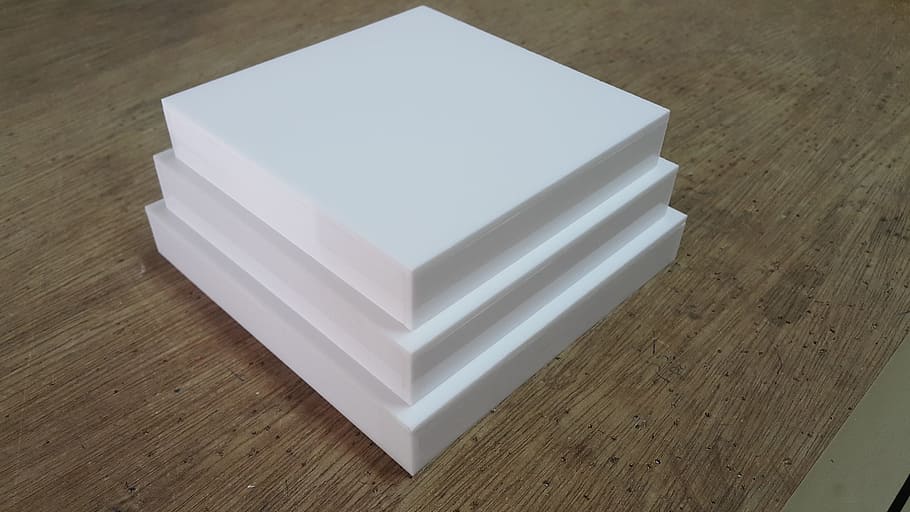
Acrylic sheets have become increasingly popular for various applications due to their versatility and durability.
Whether you’re considering using acrylic for a DIY project, signage, or even protective barriers, one important factor to consider is the thickness of the acrylic sheet.
The thickness of the acrylic sheet plays a crucial role in determining its strength, impact resistance, and overall suitability for a particular application.
In this article, we will explore the factors that influence the thickness of acrylic sheets and guide you on how to determine the right thickness for your needs.
Read on to find out more about acrylic sheets.
Understanding Acrylic Sheet Thickness
Acrylic sheets are available in a wide range of thicknesses, ranging from as thin as 1mm to as thick as 50mm or more.
The thickness of an acrylic sheet can significantly impact its strength, flexibility, and optical properties.
Thicker sheets tend to be more rigid and resistant to impacts, while thinner sheets are more flexible and lightweight.
When selecting the appropriate thickness, it is essential to consider the intended use and the specific requirements of your project.
Factors to Consider
Several factors should be taken into account when determining the appropriate thickness for an acrylic sheet.
1. Application: The first consideration is the application of the acrylic sheet. Will it be used for a picture frame, a protective shield, or a window pane? The application will dictate the level of durability and impact resistance required, thus influencing the ideal thickness.
2. Size and Span: The size and span of the acrylic sheet are crucial factors in determining its thickness. Larger sheets or those spanning a considerable distance may require thicker acrylic to maintain structural integrity and minimize sagging or warping.
3. Weight: The weight the acrylic sheet needs to support is another important factor. Heavy objects or significant loads may necessitate thicker acrylic to ensure it can bear the weight without bending or breaking.
4. Environmental Factors: Consider the environmental conditions the acrylic sheet will be exposed to. If the sheet will be used outdoors, it should be thicker to withstand temperature fluctuations, UV radiation, and other weather elements.
Determining the Right Thickness
To determine the appropriate thickness for your acrylic sheet, it is advisable to consult with a professional or a supplier who specializes in acrylic products.
They can provide expert guidance based on your specific requirements and help you select the optimal thickness for your project.
However, as a general guideline, here are some thickness recommendations for common applications:
1. Picture Frames and Displays: For small to medium-sized picture frames or displays, acrylic sheets in the range of 2mm to 3mm thickness are typically sufficient.
2. Signage and Point-of-Sale Displays: Depending on the size and visibility requirements, acrylic sheets ranging from 3mm to 6mm thickness are commonly used for signage and point-of-sale displays.
3. Protective Barriers and Windows: When it comes to protective barriers or windows, thicker acrylic sheets between 6mm and 12mm are typically employed to ensure impact resistance and structural stability.
4. Industrial Applications: Heavy-duty or industrial applications often require thicker acrylic sheets, typically ranging from 12mm to 25mm or more, depending on the specific demands of the application.
Conclusion
Selecting the right thickness for acrylic sheets is essential to ensure the desired functionality, durability, and performance of your project.
By considering factors such as application, size and span, weight, and environmental conditions, you can make an informed decision.
Remember to consult with professionals or suppliers who have expertise in acrylic products to receive personalized advice tailored to your project.
With the appropriate thickness, acrylic sheets can provide a reliable and versatile solution for various applications.
Find out more by exploring the options available and selecting the perfect acrylic sheet thickness for your specific needs.
(Pic free to use by https://www.pxfuel.com/en/free-photo-owaak)

















Recent Comments